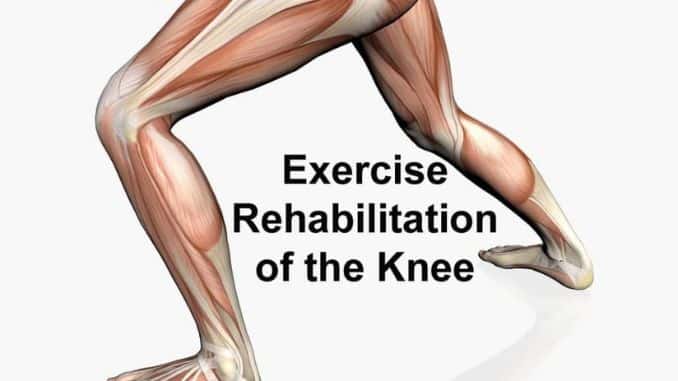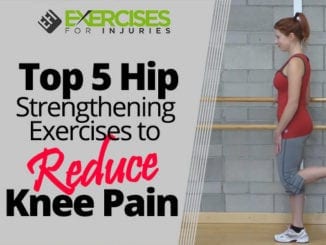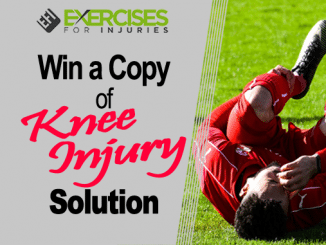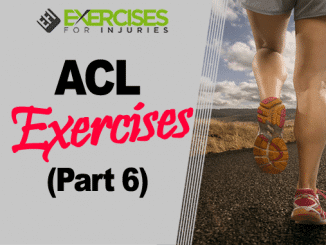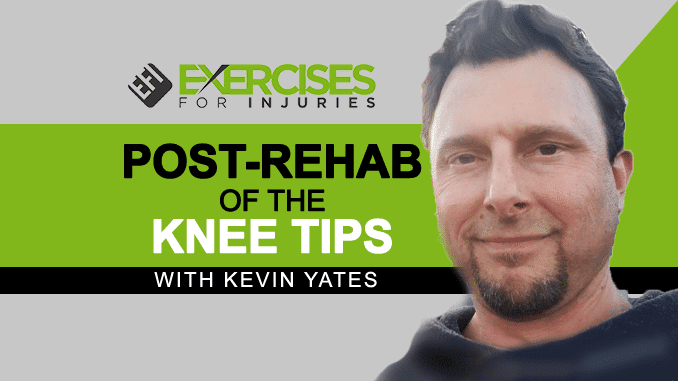
When recovering from an injury, the last thing you want to consider is what your Knee needs to do for a complete recovery. Knee injuries can be a devastating obstacle that can take away their mobility and require intense physical therapy for many people.
Knee injuries can occur in different ways. Whether you experience a sudden injury like slipping down the stairs or an acute event that caused it, your Knee will need to undergo physical therapy as soon as possible to prevent lasting damage.
Post Rehab of the Knee
Immediately following a knee injury, rehabilitation is crucial. You may have heard some people say that it’s best to rest and heal up completely before getting back into your routine because they believe overworking yourself can do more harm than good when recovering from an injury like this. The truth is that different things work for other patients. Some people experience very little pain while others are in agony, even with simple tasks like walking around their house. Hence, there isn’t anyone size fits all solution to post-rehab therapy after surgery or another type of trauma such as a car accident.
If you’ve been prescribed physical therapy, then know that most likely, it will be beneficial for strengthening and helping restore movement which was lost due to being sidelined by an injury or surgery but keep in mind that not every patient benefits from these treatments just based on what other individuals would recommend
Exercise and Stretches for the Knee
Many exercises strengthen their knees, but sometimes what they’re doing doesn’t necessarily make their knees stronger. Sometimes there might be an imbalance in their body that prevents them from strengthening their muscles. There may be more lying around the hips or having weak abdominal muscles. So even though someone’s Knee might hurt, it might not necessarily be because their knees are weak.
You can do plenty on your own at home or with guidance from a physical therapist to support your central joint and keep them limber. At the same time, they heal before returning to daily activities like running or sports participation. It’s also a good idea for adults of all ages to stretch and strengthen the muscles around their knee joints as part of an overall fitness routine.
Everyone has probably heard about core training. The core is usually defined as the abdominal and back muscles. Strengthening these muscles will make a person have better posture. Do physical activity more efficiently, and help them recover from injuries faster. Core training can use weights, resistance bands, or other fitness equipment to work on specific parts of your stomach muscle group. However, there are also many ways you don’t need any equipment.
The following list includes some other helpful stretches:
- Squats. Stand with your feet shoulder-width apart. Place your hands on the back of a chair or table. Lowering yourself until you are at an angle where your thighs have a parallel alignment to the ground, and lower legs form right angles. Pause in this position for 1 minute before raising back up to standing height again.
- Lunges. Start by stepping one foot forward into a lunge position. Then place the other legs behind so that the Knee is bent 90° and repeat the sequence three times on each side. Keep hips square as you bend both knees, keeping them over the ankles while maintaining an upright posture.
- Squats Against The Wall. Starting from a kneeling stance facing the wall. Step out about 2 ft away from it. Bend torso forwards, so elbows touch near the top of the thigh and return via the same route described. That toes are now off the floor but still feeling the surface beneath them.
Post Rehab of the Knee Tips with Kevin Yates
I have an interview for you on post-rehab of the Knee. I interviewed Kevin Yates, a personal trainer in East Bay, California. Kevin is a personal trainer that focuses on post-injury rehabilitation.
In the first part of the 18-minute interview, Kevin Yates will share how he got into post-exercise rehabilitation, where he earned his experience working with clients with injuries, and his approach to clients with nagging knee pain.
In the First Part of Kevin Yates Post Rehab of the Knee Interview, learn:
- How does he get into post-injury rehabilitation
- Why did he get into post-injury rehabilitation
- His story in post-injury rehabilitation
- Where he trains his post-injury rehabilitation clients
- How he approaches clients with nagging knee injuries
- Why knee pain may not be the problem
- His approach looking past the knee plan
And in the second part of the interview, Kevin shares some of his best tips on how he deals with common knee injuries plus how he assesses the Knee of a client with knee injuries. Lastly, Kevin shares how there are very few resources on exercises and injuries, but he has found one book that he refers to often to help him with practices & injuries.
Watch for the second part of the interview very soon.
Post Rehab of the Knee Interview with Kevin Yates
CLICK HERE for the Post Rehab of the Knee Interview with Kevin Yates
Kevin Yates also has a Post Rehab Exercise blog with some great articles on post-rehab exercise solutions to bounce back from injuries quickly and eliminate nagging aches & pains.
P.S. – If you are looking for exercises for your clients with knee injuries, I would recommend attending these courses for fitness professionals:
- Exercise Rehabilitation of the Knee
- Exercise Rehabilitation of the Hip
That is it for now.
Rick Kaselj, MS

